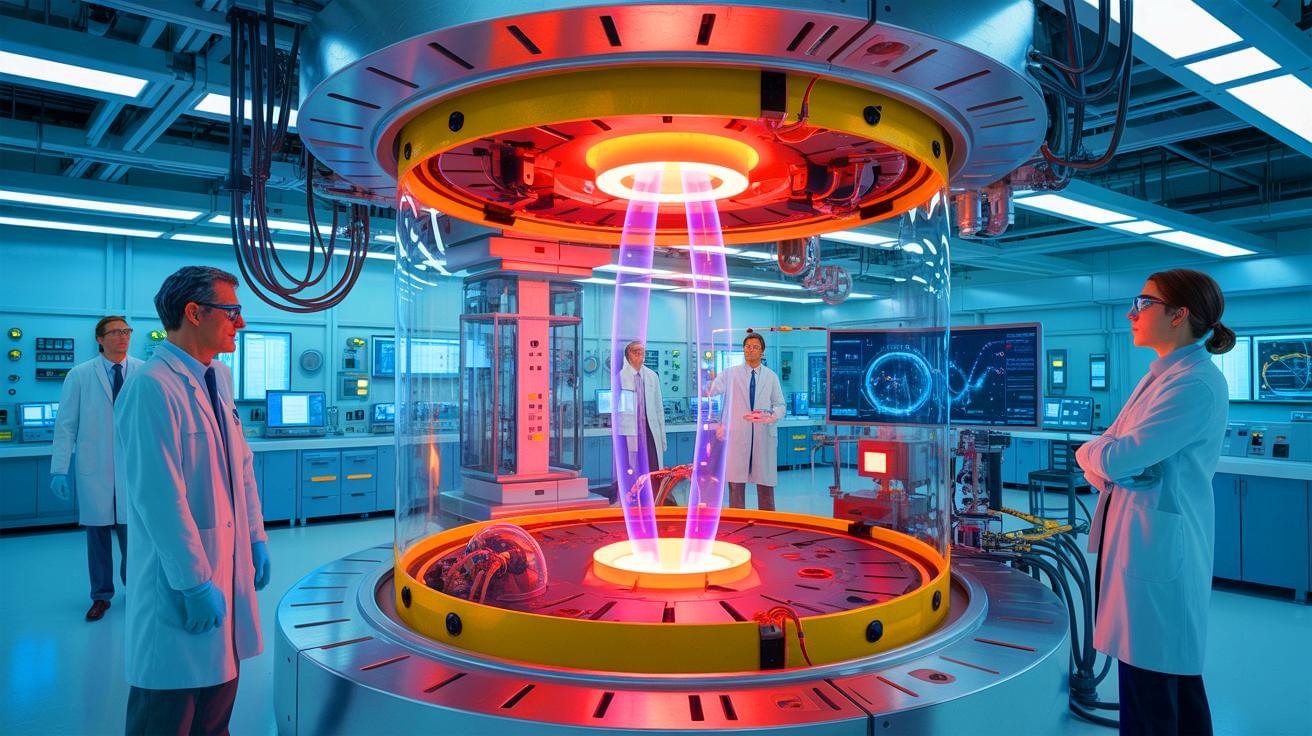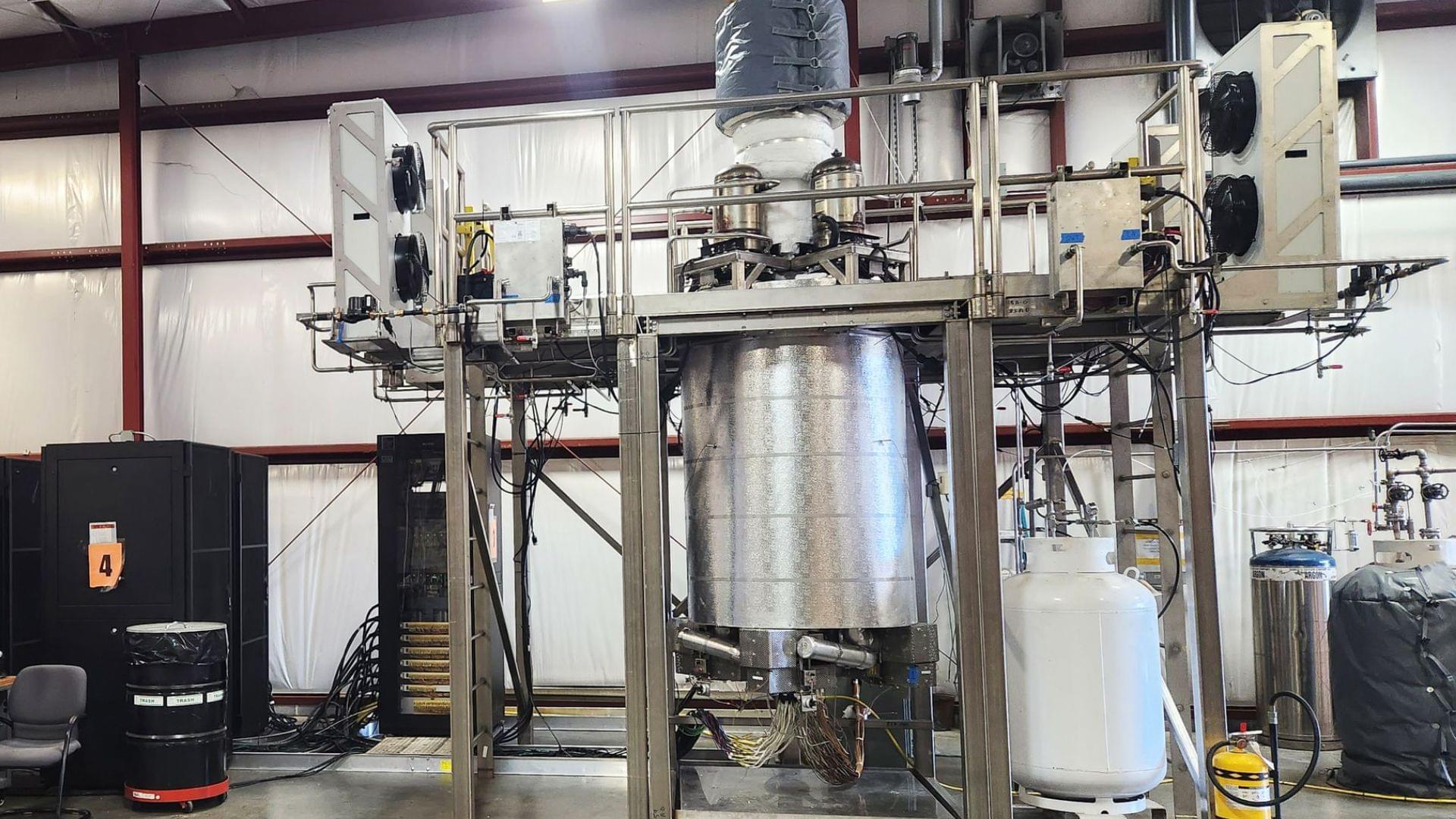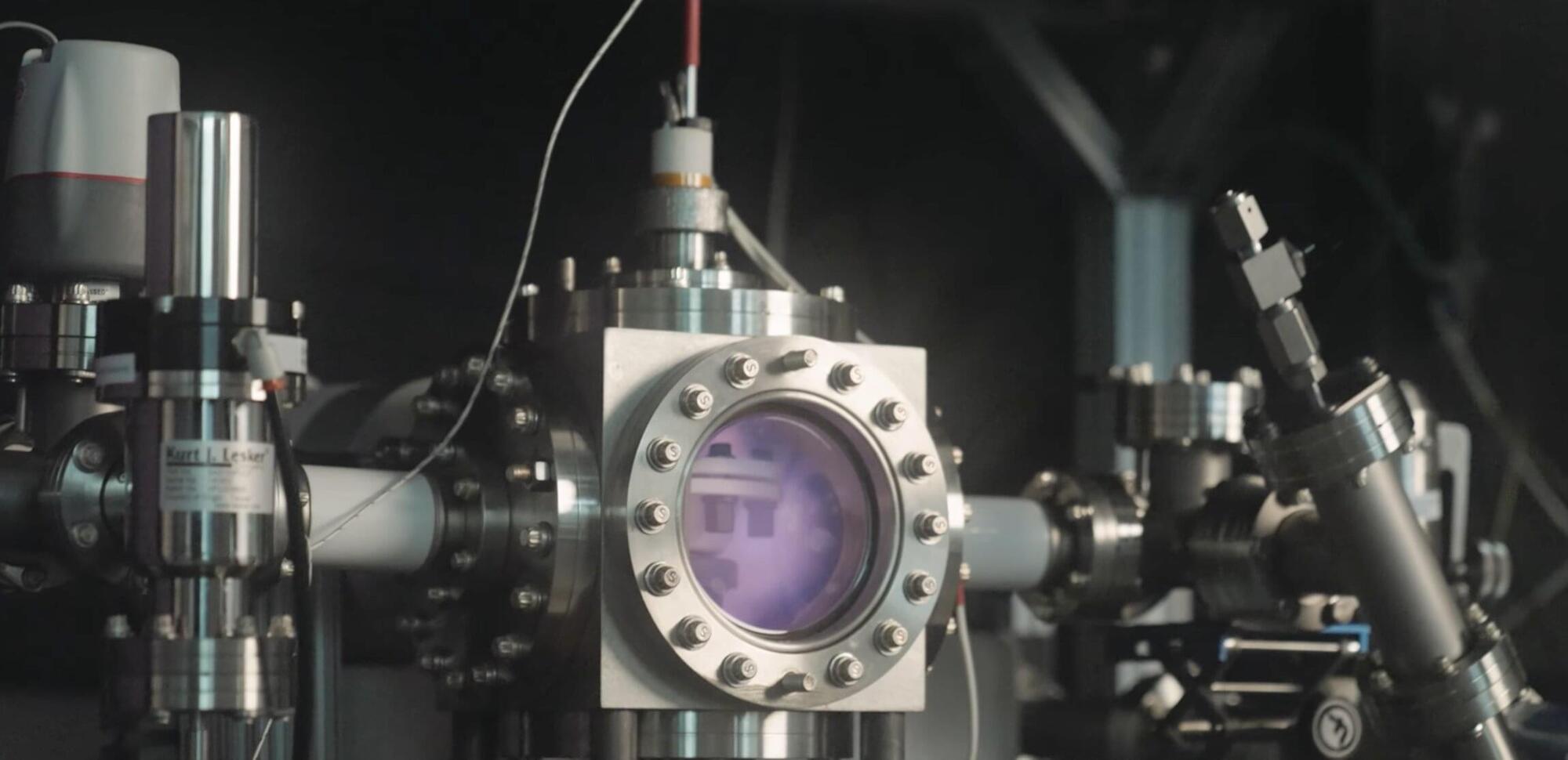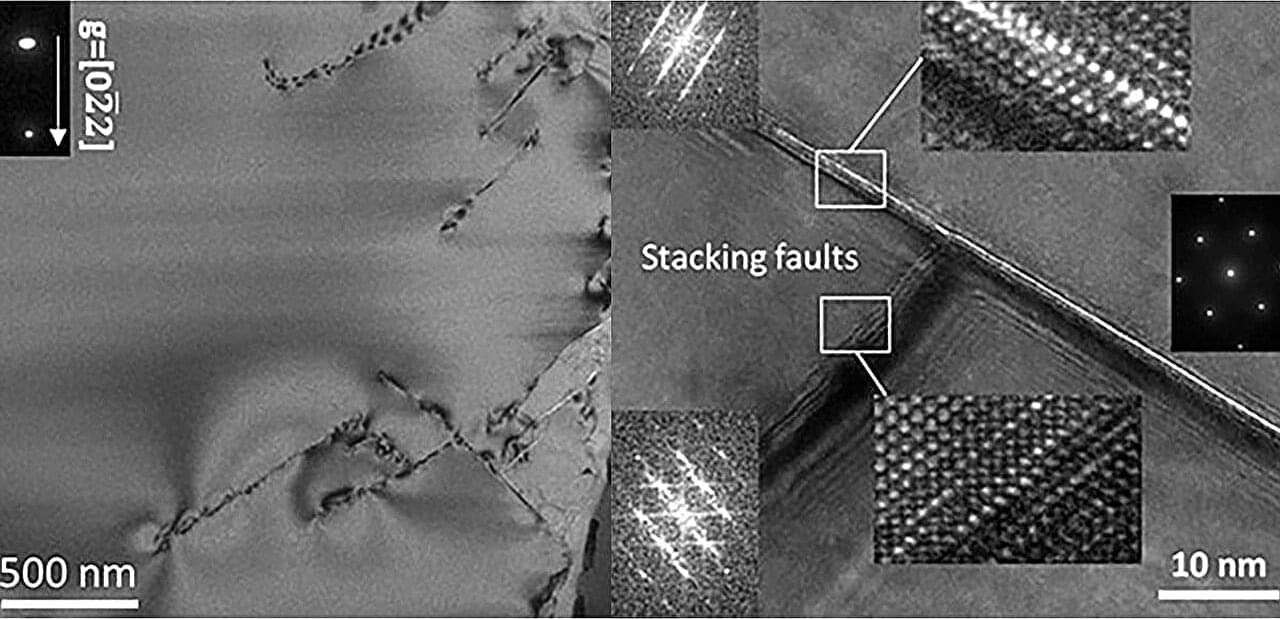IN A NUTSHELL 🔬 The Los Alamos experiment achieved a fusion energy yield of 2.4 megajoules, marking a significant breakthrough. 💡 The innovative THOR window system was used to create a self-sustaining “burning plasma.” 🔧 Modifications to the standard hohlraum allowed for the escape of X-rays, aiding in the study of radiation flow and energy








